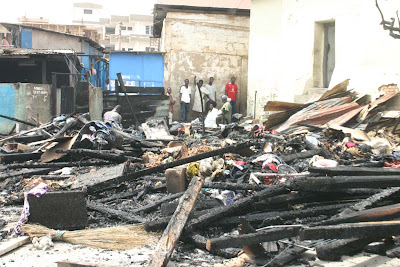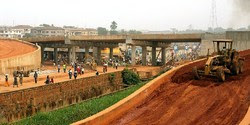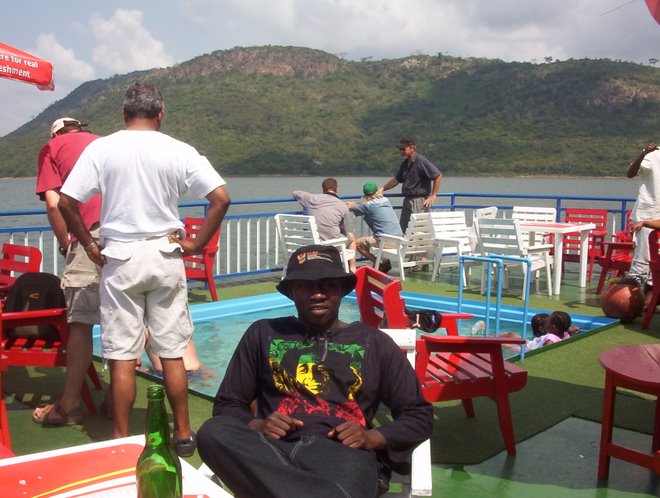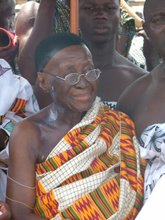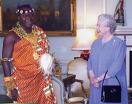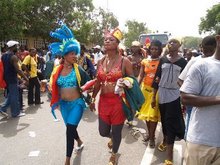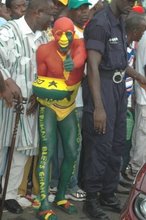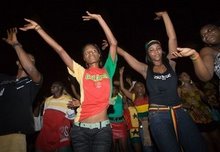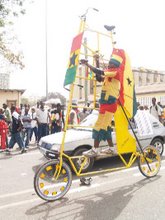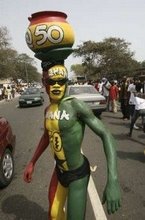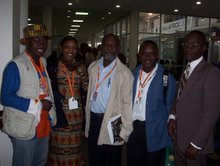Kumasi business district decongested
The Metropolitan Chief Executive, Madam Patricia Appiagyei, led a team of Police, Military, Fire Service and KMA Guards to demolish all wooden structures in the CBD in the exercise, which started at 9pm.Several wooden structures being used by traders, such as tables and shelves were demolished from the Unicorn House through the Prempeh II Street to Kejetia as well as the area in front of the Kumasi Central Market and PZ.
Madam Appiagyei warned that any recalcitrant trader who returned to the street and pavement would be ruthlessly dealt with and prosecuted in a court of law.
“We are very serious this time. We are going to apply the law”, the chief executive said.
She said the KMA had resolved to ensure decency in the metropolis and create sanity on the streets to enhance the movement of vehicular traffic and pedestrians, hence the decision to decongest the CBD.
She said the KMA was determined to sustain the exercise as part of an overall effort to bring Kumasi back to its glorious days.
AFTER
.jpg)
.jpg)
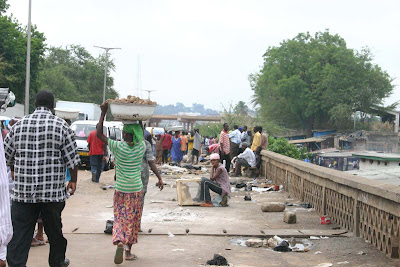.jpg)
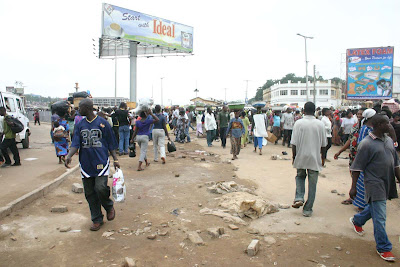.jpg)
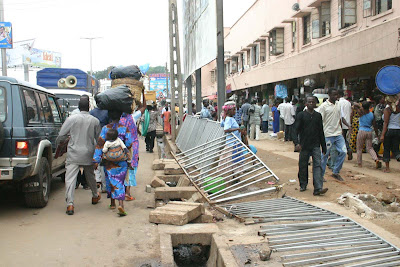.jpg)
 Early this year, the KMA issued a directive to the traders to quit the streets and gave January 15, 2007 as the deadline, but the traders continued to remain on the streets and pavements, doing brisk business by displaying their wares on pedestrian walkways and streets in the CBD to compound the congestion in the area.
Early this year, the KMA issued a directive to the traders to quit the streets and gave January 15, 2007 as the deadline, but the traders continued to remain on the streets and pavements, doing brisk business by displaying their wares on pedestrian walkways and streets in the CBD to compound the congestion in the area.The operations of the traders created problems for motorists and pedestrians leading to accidents, some of which claimed life.
Public outcry about the inability of the KMA to address the congestion created by the traders made the metropolitan authority embark on the exercise to rid the streets and pavements of the CBD of petty traders and hawkers, following an unsuccessful attempt a year ago.
To help ensure the success of this particular exercise, a monitoring team has been instituted to ensure that the traders do not return to the streets and pavements.
Unlike in Accra where the Accra Metropolitan Assembly (MA) had to build a new market for petty traders, the KMA improved on satellite markets in the metropolis and have asked the traders to move there for their business transactions but the traders have refused to move there, arguing that the shops at the satellite markets are not adequate.
Most traders converged at the CBD on Tuesday morning with the hope of undertaking normal business transactions only to find their structures demolished and a monitoring team comprising KMA City Guards hanging around to prevent them from doing business on pavements and streets.
The traders were seen roaming, hoping that the City Guards would move away to enable them to resume business.
BEFORE
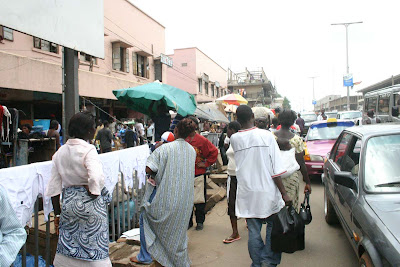.jpg)
.jpg)
.jpg)














